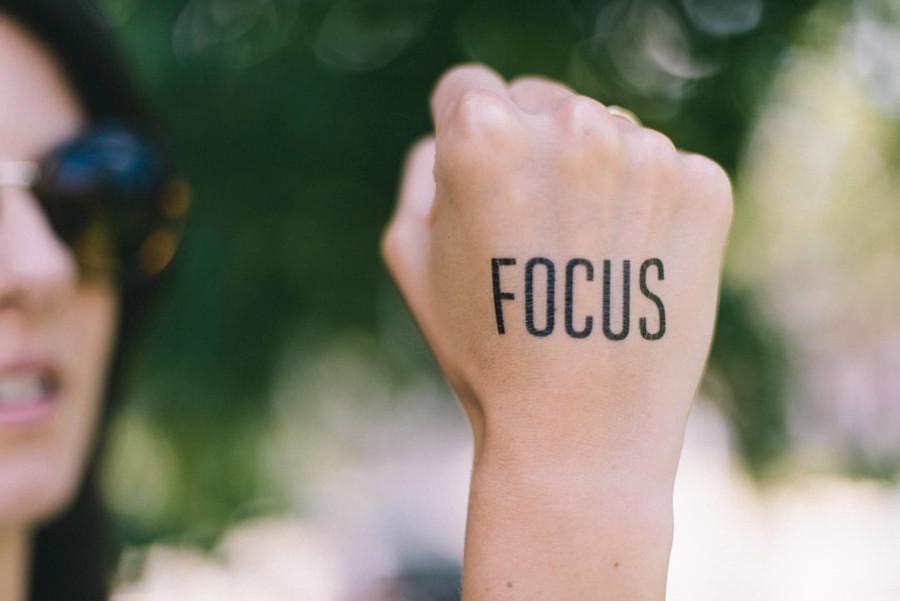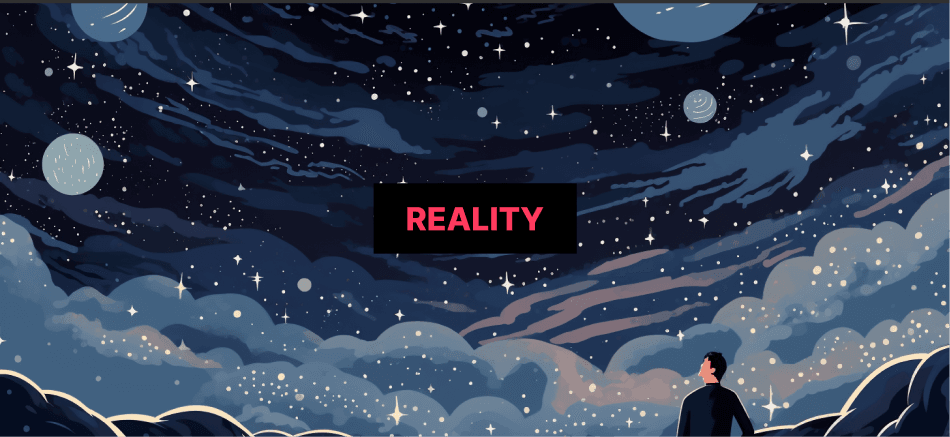Introduction
Your attention determines:
- what you perceive, learn, and remember;
- how steady or how reactive you feel;
- which decisions you make and actions you take;
- how you interact with others
- your sense of fulfillment and accomplishment.
No matter how much I tell you about how attention works and why, and no matter how motivated you are, the way your brain pays attention cannot be fundamentally altered by sheer force of will
1.31K
11.9K reads
CURATED FROM
IDEAS CURATED BY
Welcome, I post what i read Everything I post is in the book, I'll quote it if it's my own opinion
How to train your attention and be more productive
“
The idea is part of this collection:
Learn more about scienceandnature with this collection
How to practice self-compassion
How to identify and challenge negative self-talk
How to build self-confidence
Related collections
Similar ideas to Introduction
Maximise Your Focus
- At the end of the everyday, reflect on your actions
- Plan for the next day
- Disconnect from the Internet
- Find a job that you love, and are also good at
- Have a Mantra and start using it. It must be something you believe in.
- Manage your attention, not yo...
19. All Together Now
Few recommendation for better financial decisions:
- Luck and risk are both real and hard to identify
- Less ego, more wealth
- Manage your money in a way that helps you sleep at night
- Time is the most powerful force in investing
- Become OK with a lot of things...
Understand Reality and Deal With It
A correct understanding of reality is the essential foundation for any good outcome.
- Don’t get attached to your views about how things should be; there should always be space for learning.
- Evolution is the single greatest force in the u...
Read & Learn
20x Faster
without
deepstash
with
deepstash
with
deepstash
Personalized microlearning
—
100+ Learning Journeys
—
Access to 200,000+ ideas
—
Access to the mobile app
—
Unlimited idea saving
—
—
Unlimited history
—
—
Unlimited listening to ideas
—
—
Downloading & offline access
—
—
Supercharge your mind with one idea per day
Enter your email and spend 1 minute every day to learn something new.
I agree to receive email updates


